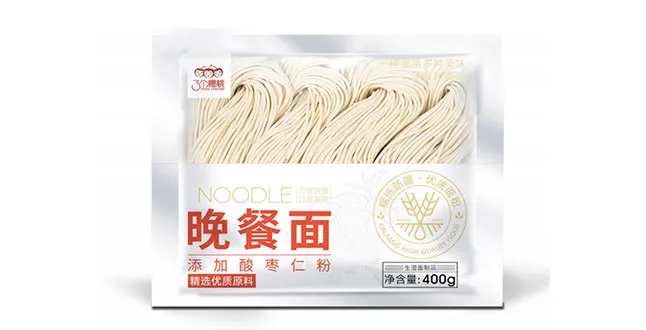Artisanal Hand-Pulled Noodles Crafted with Traditional Techniques and Fresh Ingredients
The Art of Handmade Pulled Noodles
In the world of culinary delights, few dishes capture the essence of craftsmanship and tradition quite like handmade pulled noodles. Celebrated particularly in Chinese cuisine, these delightful strands of dough have a rich history that showcases not just the artistry involved in their creation, but also the cultural significance they hold across various regions.
The History of Pulled Noodles
Pulled noodles, known as lamian in Mandarin, have been a staple in Chinese cuisine for centuries. Originating from the northwestern provinces of China, particularly in the region of Lanzhou, the tradition of pulling noodles dates back to the Tang Dynasty (618-907 AD). The technique was reportedly inspired by ancient practices of stretching and kneading dough that went beyond mere bread-making. Over the years, this art has been passed down through generations, symbolizing both the ingenuity of Chinese cooking and the importance of communal dining.
The Craftsmanship
Creating these noodles is a truly mesmerizing process that transforms simple ingredients into something magical. The primary components are flour, water, and a touch of salt. The secret lies in the dough's hydration and the kneading process, which develops gluten, lending the noodles their signature chewy texture.
Artisans begin by mixing the flour and water to form a wet dough. Once the dough has been kneaded to perfection, it’s rested to allow the gluten to relax. This is where the magic of pulling unfolds. The rested dough is divided into manageable portions, which are then stretched and folded over repeatedly. This maneuver requires skill, strength, and a deep understanding of the material at hand.
As the dough is pulled into thin, long strands, the process becomes almost performative. Watching a skilled noodle maker is akin to witnessing a dance—each stretch and fold is executed with precision and grace. The finished product is a stack of shiny, elastic noodles that are ready to be cooked.
handmade pulled noodles

Cooking and Serving
Once made, the noodles can be prepared in various ways, complementing a myriad of dishes. They can be boiled in broth for a classic noodle soup or stir-fried for a heartier meal. In Lanzhou, for example, the noodles are traditionally served in a rich beef broth seasoned with spices and topped with fresh herbs like cilantro and scallions, making for a fragrant and flavorful dish.
The beauty of handmade pulled noodles is their versatility. They can adopt a multitude of flavors based on the sauces, broths, or toppings that accompany them. From spicy chili oils to savory soy sauces, the choices are endless, allowing for regional adaptations and personal flair.
Cultural Significance
Beyond their delightful taste, handmade pulled noodles carry a deep cultural significance. They symbolize the importance of family, tradition, and sharing meals together. In many Chinese households, noodle-making sessions are social events where families gather to bond over the culinary craft. The act of pulling noodles itself can be seen as a metaphor for unity and continuity—stretched thin but strong, bringing people together around the table.
Celebrations like birthdays or the Lunar New Year often feature noodles as an essential part of the feast, representing longevity and good fortune. The longer the noodle, the better the luck it is said to bring—making the skill of pulling noodles a cherished family tradition during festive gatherings.
Conclusion
Handmade pulled noodles are undoubtedly a testament to the dedication and artistry of traditional cuisine. Not only do they satisfy the palate with their unique texture and flavor, but they also carry a legacy that connects generations through the simple act of making and sharing. In our fast-paced modern world, the art of noodle pulling serves as a gentle reminder of the beauty of craftsmanship and the importance of heritage in culinary traditions. Every strand tells a story, and every bowl brings people together—one delicious bite at a time.
-
The Wholesome Delight of Organic NoodlesNewsAug.15,2025
-
The Vibrant Delight of Spinach NoodlesNewsAug.15,2025
-
Savor the Spicy Delight of Hot Pot NoodlesNewsAug.15,2025
-
Savor the Chill with Irresistible Cold NoodlesNewsAug.15,2025
-
Indulge in the Authentic Delight of Udon NoodlesNewsAug.15,2025
-
Dive into the Delicious World of Cart NoodlesNewsAug.15,2025
-
Unlock the Delicious Potential of Yam NoodlesNewsAug.11,2025
Browse qua the following product new the we







